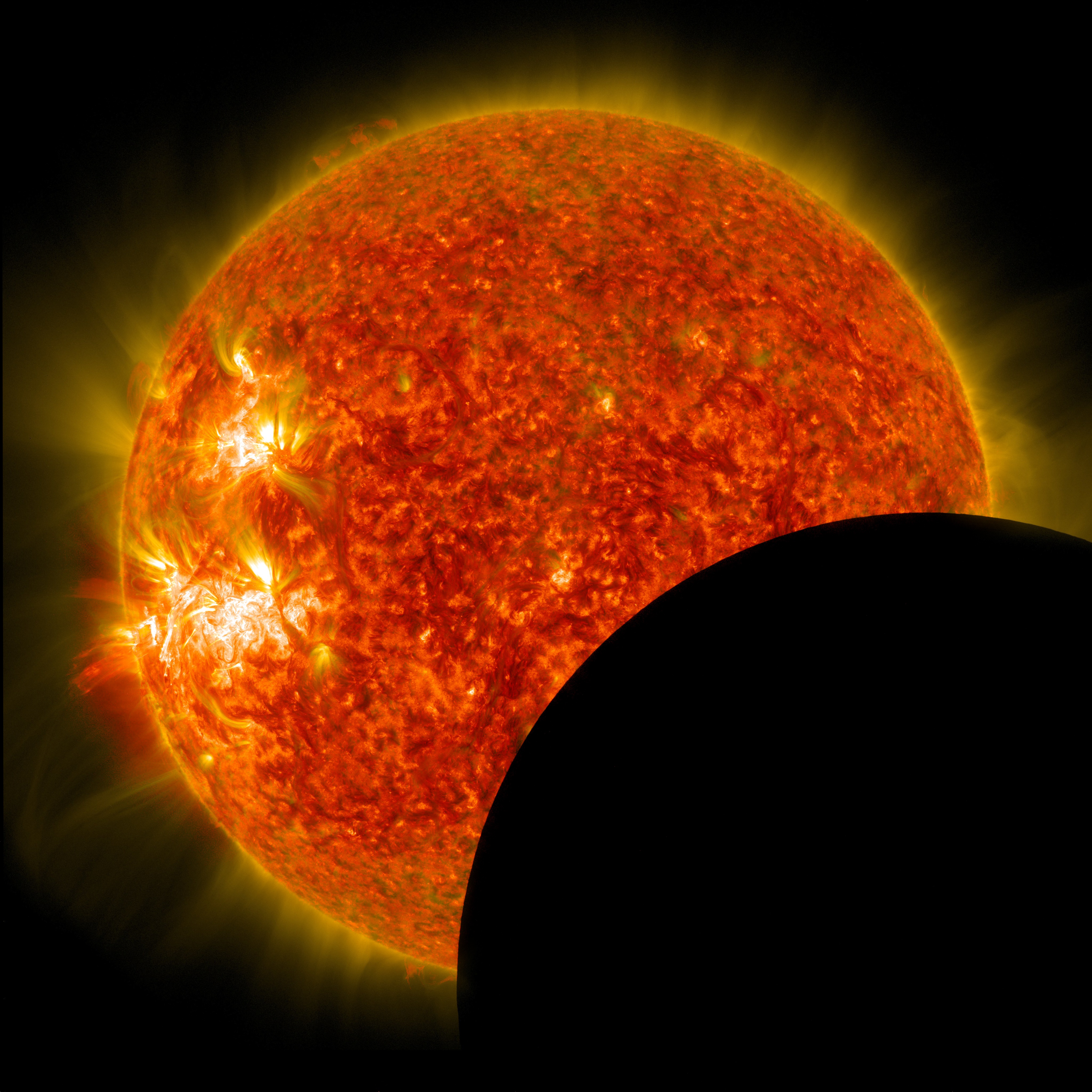
Photo courtesy NASA
For the first time in 99 years, a total solar eclipse will occur August 21 across the entire continental United States.
Coast to coast, from Oregon to South Carolina, 14 states will – over a span of almost two hours – experience more than two minutes of darkness in the middle of the day. When the moon completely blocks the sun, day will turn into night and make visible the otherwise hidden solar corona, the sun’s atmosphere. Bright stars and planets also will become visible. Using specialized solar viewing glasses or other equipment, all of North America will be able to view at least a partial eclipse lasting two to four hours.
“Never before will a celestial event be viewed by so many and explored from so many vantage points – from space, from the air, and from the ground,” said Thomas Zurbuchen, associate administrator of NASA’s Science Mission Directorate in Washington. “With our fellow agencies and a host of scientific organizations, NASA will continue to amplify one key message: Take time to experience the Aug. 21 eclipse, but experience it safely.”
According to NASA, the only safe way to look directly at the uneclipsed or partially eclipsed sun is through special-purpose solar filters, such as eclipse glasses or handheld solar viewers. Homemade filters or ordinary sunglasses, even very dark ones, are not safe for looking at the sun. In the 70-mile-wide swath of the country that will experience a total eclipse, it’s safe to look at the total eclipse with your naked eyes only during the brief period of totality, which will last about two minutes, depending on your location.
An alternative method for safe viewing of the partially-eclipsed sun is with a pinhole projector. With this method, sunlight streams through a small hole – such as a pencil hole in a piece of paper, or even the space between your fingers – onto a makeshift screen, such as a piece of paper or the ground. It’s important to watch the screen, not the sun.
Click here for information on how to safely observe the event: SAFE ECLIPSE OBSERVATION
**Also, the Blue Wahoos are inviting the community to witness this historic event at Blue Wahoos Stadium. Gates will open at noon for this special event that is free to the public. Limited quantities of solar eclipse glasses and moon pies will be distributed to visitors, and our concessions stand will be open for lunch.





































